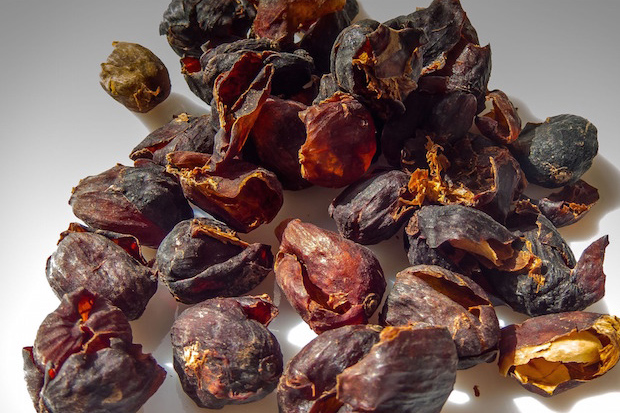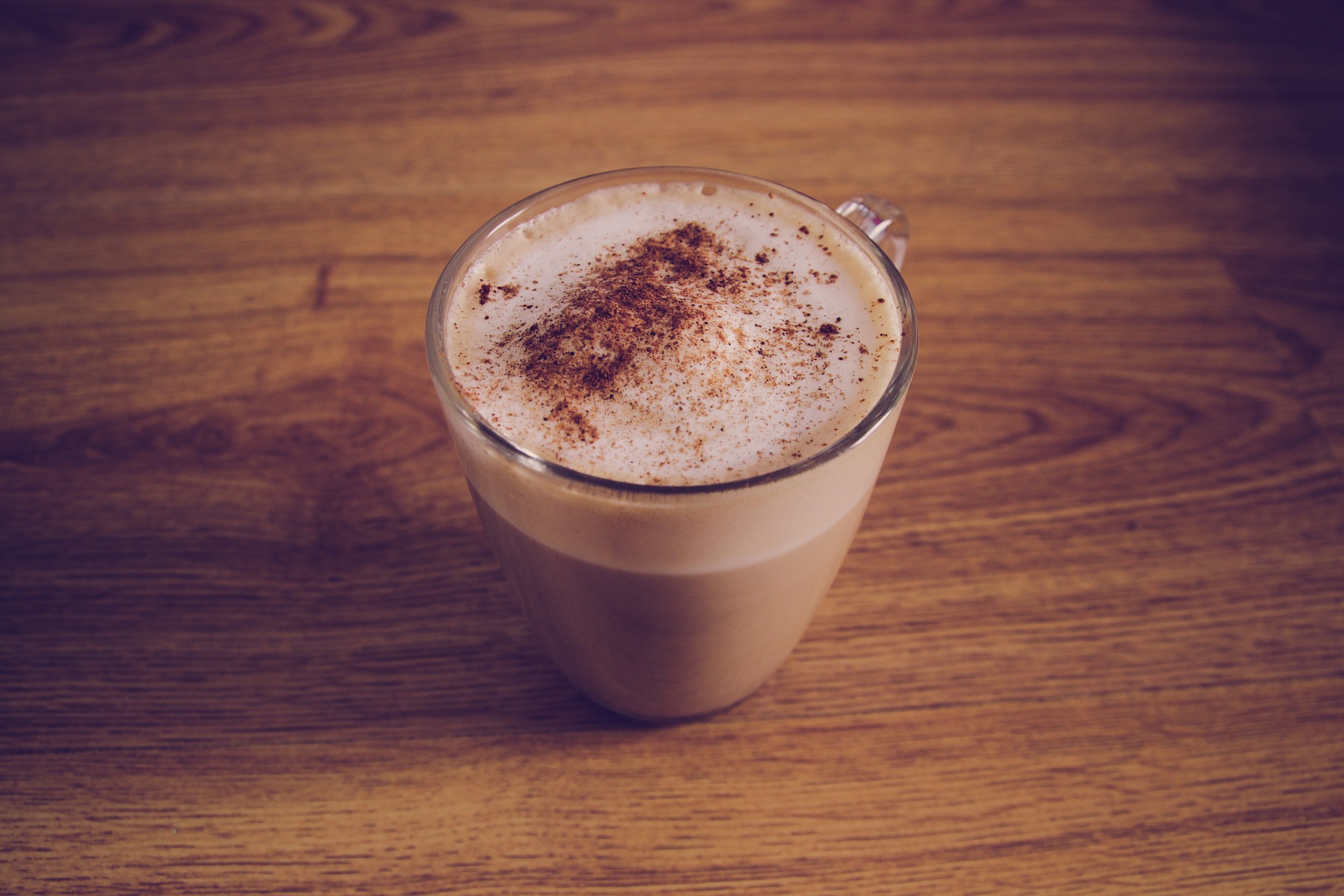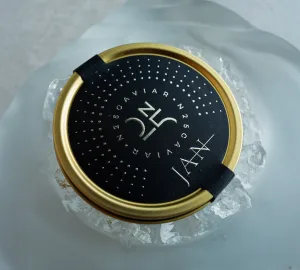3 minute read
Over the last few years, you may have slowly noticed the word ‘cascara’ popping up more and more frequently in the beverage world. What was once only available online or from specialized tea and coffee shops has now made its way to places as mainstream as your local Starbucks. But what exactly is cascara? Coffee? Tea? Surprisingly, the answer is kind of both, but actually neither.
What is cascara?
Cascara, or coffee cherry tea, is a drink made from steeping the dried skins of coffee cherries in hot water. Because it does not use the actual coffee bean found on the inside of coffee cherries, nor is it made from the Camellia sinensis plant like true teas (black, white, green, and oolong), it is actually properly categorized as a tisane, or herbal tea. So you see: kind of both, but actually neither.
Just like with coffee, cascara—translated from Spanish, meaning ‘husk’ or ‘shell’—can have different flavors depending on what kind it is and where it’s grown. However, that seems to be the end of what these two drinks have in common as far as taste goes. Sweet cherry, red currant, and fresh rosehips appear to be the most consistent notes described when referencing cascara. Not quite on the same side of the flavor spectrum as coffee.
Another big difference to note is that cascara’s caffeine content is probably closer to that of green tea, rather than coffee.
Where does cascara come from?
If you’re wondering what took so long for people to discover this delicious way to use a coffee plant, the answer is actually that it’s been around for a very long time in some places. In Yemen and Ethiopia, they combine cascara and ginger with cinnamon, cardamom, nutmeg, cream and/or sugar to make qishr and hashara, respectively. In Bolivia, they drink theirs straight, or with cinnamon too. It’s really as beautifully versatile as our own traditional coffee and black tea.
Again, like with coffee, if a few unripe cherry skins make it into a batch they can ruin the taste of the whole thing. It is this finicky quality that may have made many growers decide to either use their skins as compost or simply throw them away. Lately, however, more and more farmers in places like El Salvador have begun to sell their cascara. Whether the reason for this is its growing popularity, or something else, it’s definitely exciting.
How do you prepare it?
First, make sure that you haven’t accidentally purchased the laxative Cascara sargada. That is a totally different product, from a totally different plant, that is going to give you a totally different experience. After that, simply prepare it the same way you would any other loose-leaf tea or tisane: by steeping it in water just off boil. A couple of tablespoons per cup seems to be the place to start, everything else is up to you. Strained, loose, iced, with honey, milk, sugar, or spices…the tea is your oyster!
Just be aware that what you’re making is probably not going to taste like what you bought down at Starbucks this morning, as theirs is basically a regular latte with some cascara syrup and topping.
Cascara (or coffee cherry) tea can be most easily found on eBay, Etsy, and Amazon.








